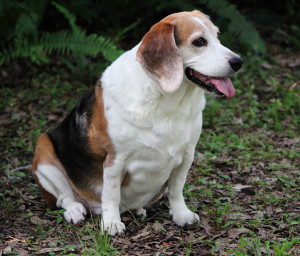 The term “situational awareness” originally referred to knowing where one was in space at any particular moment and remaining vigilant when it comes to bumping into things such as other airplanes and mountains. As have so many things in flying and life, it has come to mean much more.
The term “situational awareness” originally referred to knowing where one was in space at any particular moment and remaining vigilant when it comes to bumping into things such as other airplanes and mountains. As have so many things in flying and life, it has come to mean much more.
Mnemonics, besides being a really fun word to spell, has helped me pass many an exam, and even occasionally led others to believe that I actually know something; and when it comes to flying an airplane, it may someday save my life. Reducing complex concepts to simple abbreviations is also fun, which as the Beatles told us is something that money can’t buy.
So, wait for it… here it is: being “situationally aware” is like having a FAT PET. Here’s why having a fat pet is so important:
F is for “fuel.” If your destination is 3 hours away and you only have 2 hours worth of fuel on board, you need to change your plans. Because wind changes constantly, plans need to change as well. Being situationally aware means always knowing how much fuel you have and how much you need, and changing plans accordingly. I will confess that when not flying an airplane I often forget to fuel myself, which may be one reason my head begins to ache and I find it difficult to move a shopping cart down an aisle. Staying aware of what’s in our own fuel tanks means staying hydrated and even having a meal every once in a while.
“A” is for “angle of attack,” which pilots know refers to the angle of the wing cord to the relative wind, but which translates for all practical purposes to the amount of power one has at any moment in time. Exceed one’s abilities, and you end up on the “back end of the power curve,” meaning that the airplane will do the opposite of what you tell it to do because it really doesn’t have enough power to follow your commands. For the rest of us, it means to know what our capabilities and limitations are, and being careful to not exceed them.
“T” is for “traffic,” and it means knowing where the other airplanes are and keeping out of their way. In its most literal sense, for civilians it means looking both ways before crossing the street, but in metaphorical terms it can also mean knowing who your competition is, and making sure you know what they’re up to.
“P” is for “position,” and this is the closest thing to the classical definition of situational awareness. It means knowing where you are in 3-dimensional space, especially relative to any terrain that might get in your way. In the business world, this can be especially important. See what happens if you neglect to tell your direct supervisor about the conversation you are about to have with her supervisor.
“E” is for “equipment,” and in aviation it means to know what equipment you have on board, how to properly use it, what its limitations are, and what condition it is in. I am reminded of the cliché that a worker is as good as his or her tools. This is true not only for the capabilities of the circular saw in your shed, but also for the cerebral cortex in your head. If we are not certain of what we are doing, consult with others who may know better.
The final “T” is for “terrain.” We not only need to know where we are in relation to the ground, but we also need to know where the mountains and broadcast towers are going to be. Learning where our obstacles are likely to show up can help us to understand what we are up against.
Every phase of flight has its own mnemonics, from preparing for a flight, to taxiing and liftoff, to landing and for emergencies. Pilot or not, it’s a good idea to keep a “fat pet” alongside us for the entire ride.
Thanks to Robert Goyer for providing the essential content for situational awareness.
